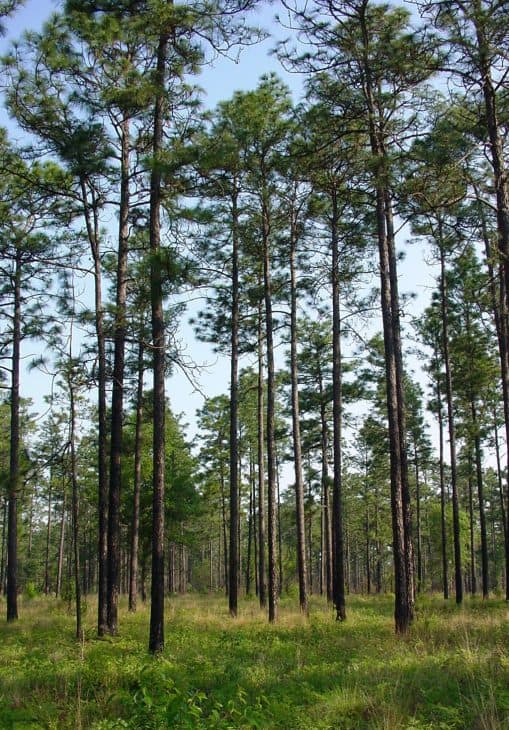

It prefers subtropical temperatures to grow its thin needles that can grow up to 10 inches in length. The Sumatran pine thrives south of the equator in rain forests. Sumatran Pine – This is one of the rare pines that prefers humidity.Under the right conditions, they can grow to be more than 1,000 years old, such as in the wind-swept hills of the Great Basin National Park in Nevada. Bristlecone Pine – The thick twisted trunks of these unique pine trees create dramatic shapes as they grow.It is easily one of the tallest of the pine trees, coming in at a towering 160 feet or more. The Eastern White’s needles bundle in clusters that look like brushes on the end of slender twigs. It is the only five-needled Eastern pine. Its unique identifying markers include the branching rings on the tree. Eastern White Pine – Two states claim the Pinus strobus as its state tree: Maine and Michigan.Cones grow near the ends of the branches in clusters. The twigs that grow perpendicular to the long, nearly horizontal branches are gray-green and reddish-tan as they age.

It has long, deeply furrowed bark that ranges from a light-brown cinnamon color to grayish brown. One of the most common mistakes made with trees planted too high is to create a mulch. Sugar Pine – The massive Pinus lambertiana is one of the largest species of pine. Similarly, excessive mulch is also a problem for the growth of any tree.Some Pine tree species have a thin flaky bark, when on close observation chunks of bark can be seen just hanging on or flaking off. The bark on most Pine trees is typically layers of scaly flakes, thick and cracked, brown in color and scented by the resin. The bud scale eventually falls off and the needles spread outward.

The "Candles" consist of a bud scale either brown or cream color, pyramidal in shape pointing upwards, covering a wad of new needles surrounding the branch bud. On Pine trees, the new shoots of branches are sometimes called "candles". Interestingly, the spiral arrangement of branches, needles, and cone scales resemble Fibonacci number ratios (following the numeric golden rule in nature). Pine tree branches are produced during upward growth of the main steam shoot, braches appearing in regular "pseudo whorls", (a very tight spiral but appearing like a set of branches all branching out from the same height on the main trunk).


 0 kommentar(er)
0 kommentar(er)
